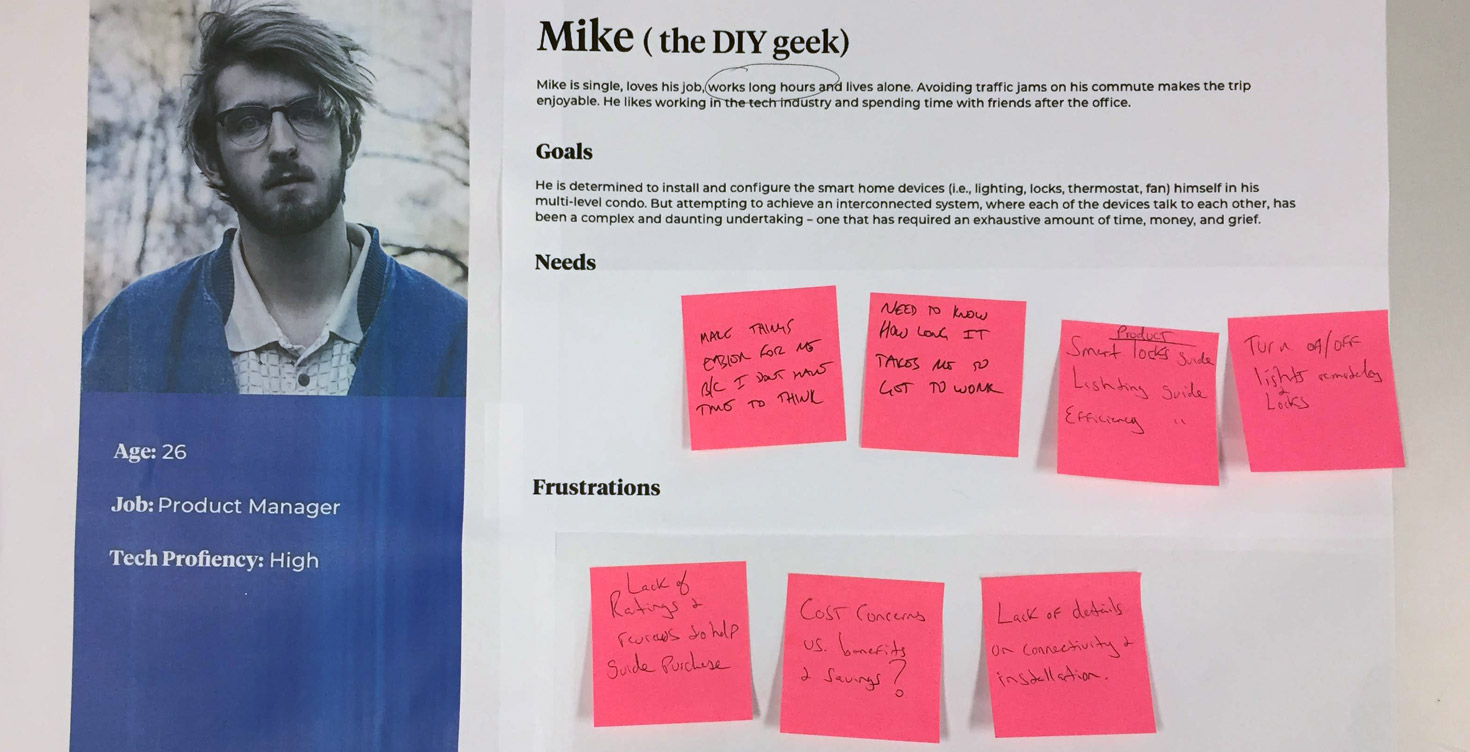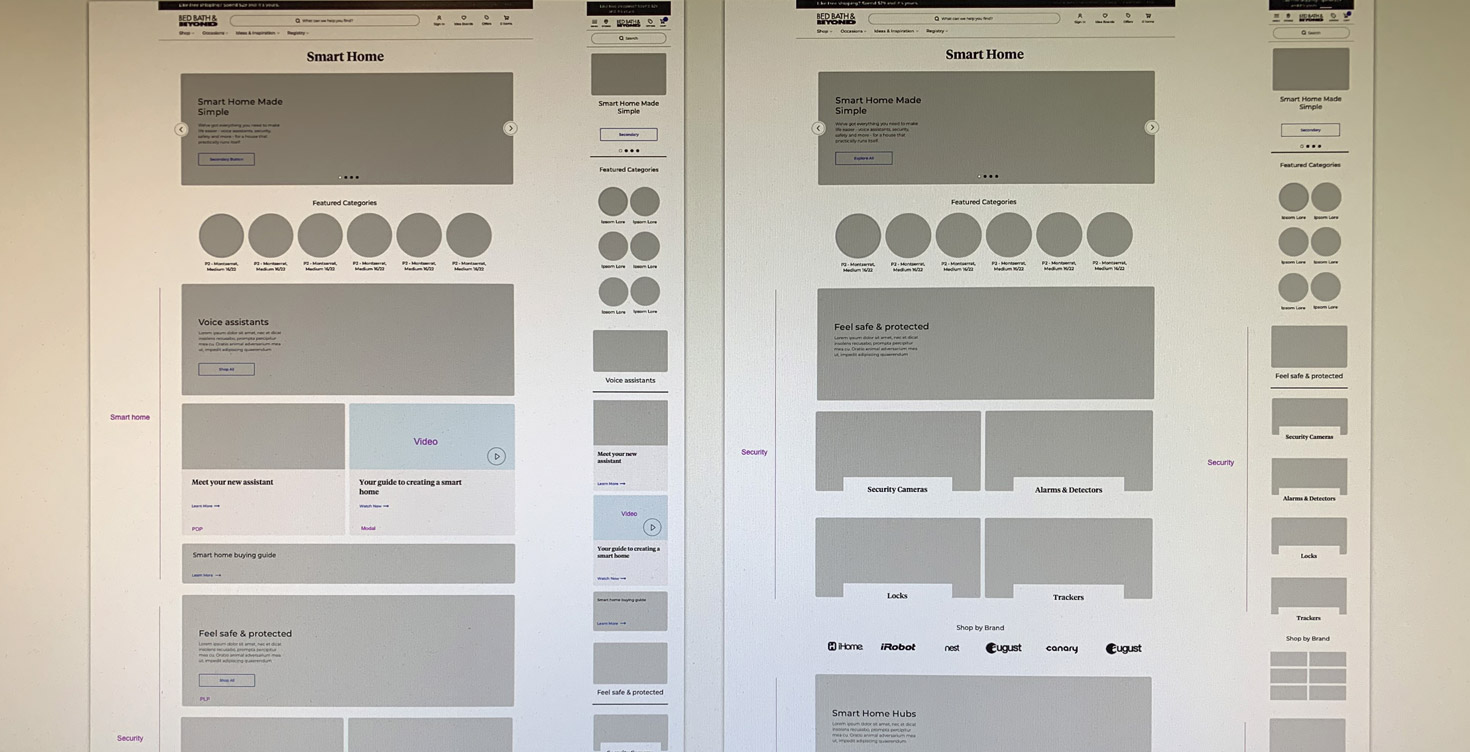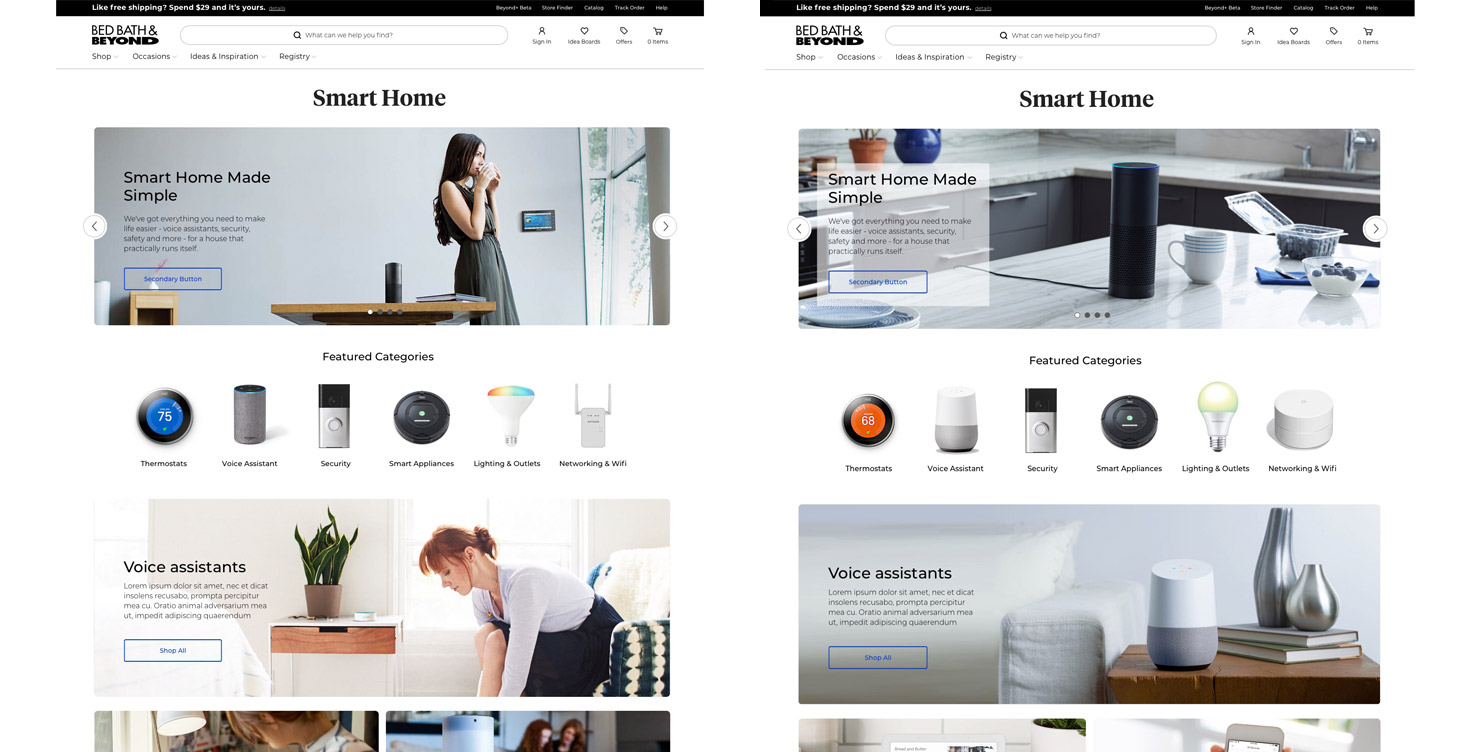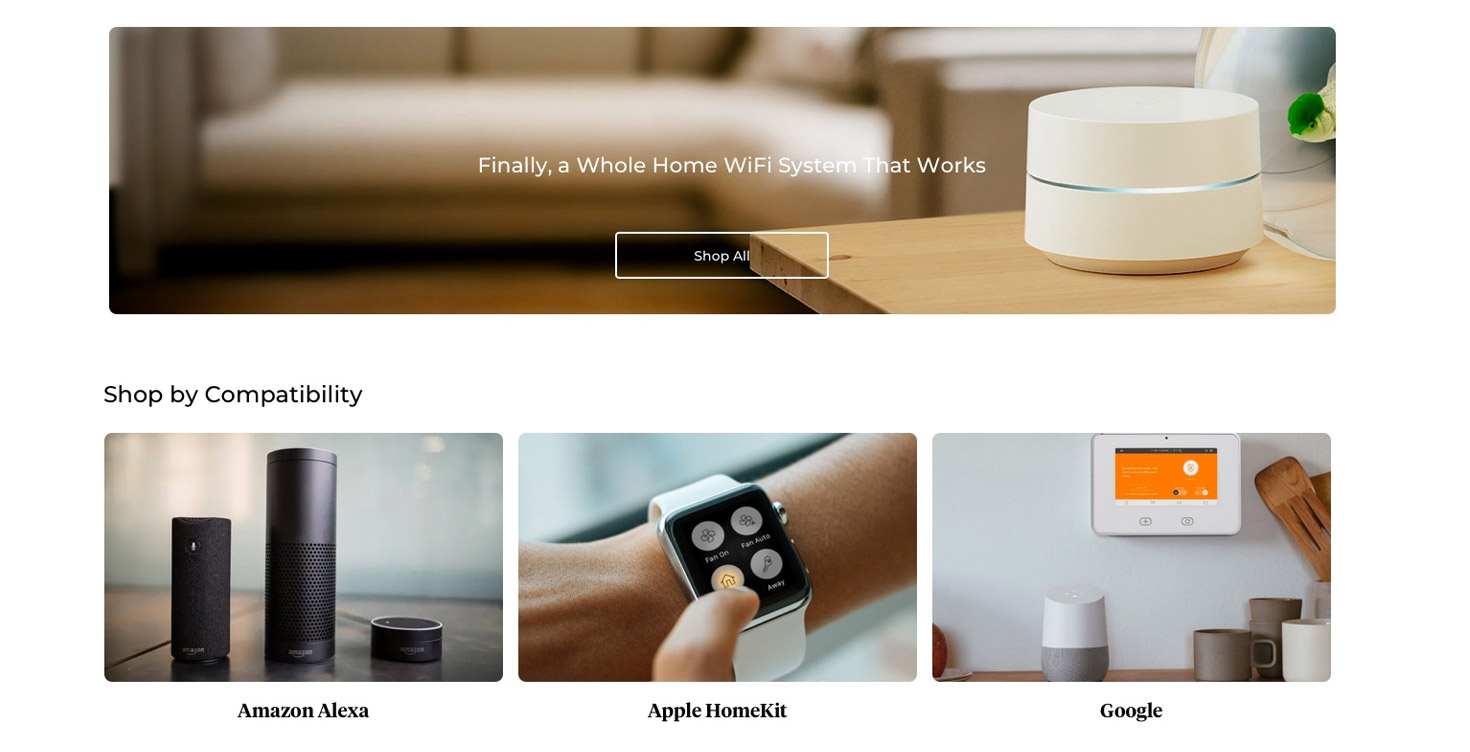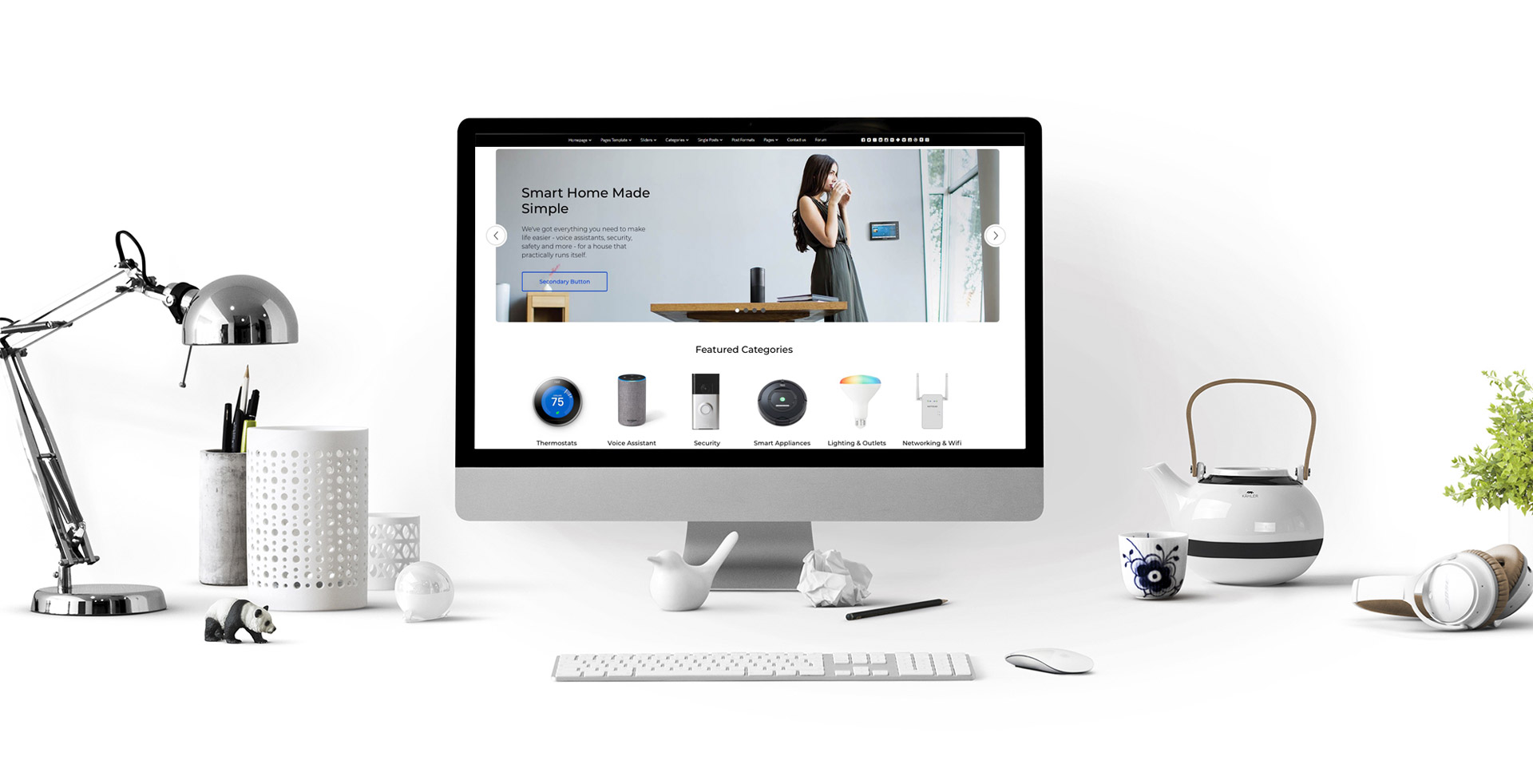
Bed Bath & Beyond, founded in 1971 and based in Union, New Jersey, is a prominent American retail chain with over 1,200 stores in the U.S. and Canada. Known for its extensive product range, competitive pricing, and in-store services like gift wrapping and custom engraving.

In order to address the underperforming newly designed smart home page on the Bed Bath & Beyond website, a comprehensive UX study was initiated.
The project commenced by identifying the potential user personas for this page through Design Thinking workshops. These workshops aimed to generate fresh user profiles, which led to a subsequent challenge when the profiles from the workshop did not align with those suggested by the marketing team. To resolve this discrepancy, another workshop was conducted to better understand the actual user needs.
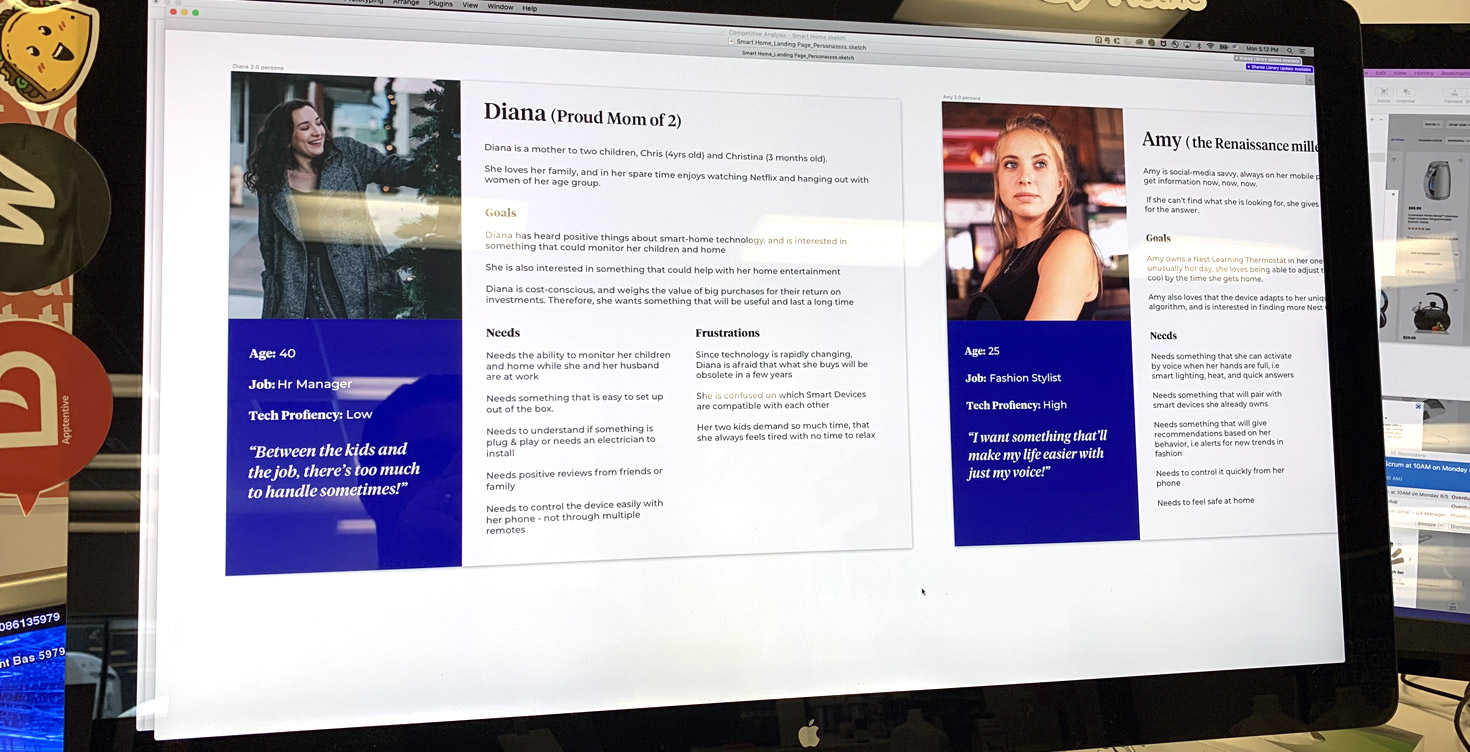
Upon consolidating the insights from the design thinking workshop, we proceeded to create wireframes based on the unanimously agreed-upon user profiles. During the wireframing phase, we developed a prototype and conducted real user testing, actively collecting user feedback. Subsequently, we iterated on the wireframes based on this feedback before progressing to the visual design phase.

To ensure the final designs met user expectations, we once again tested the prototype with users prior to submitting the designs for development. With overwhelmingly positive feedback, the designs were then sent for implementation.
To validate the effectiveness of the final designs, an A/B test was performed using two different sets of visual content. One variant included human pictures, while the other featured only product images. Notably, the design with human figures demonstrated a remarkable 7% to 9% increase in sales during the EU test phase

